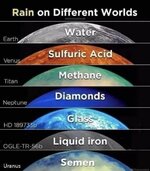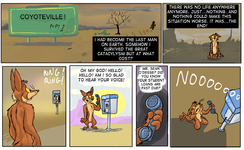You are using an out of date browser. It may not display this or other websites correctly.
You should upgrade or use an alternative browser.
You should upgrade or use an alternative browser.
Post the last image / clip you saved (NO PORN)
- Thread starter CK4957 STD
- Start date
humananimal
Esteemed Citizen of ZV
Quite funny,.
But can CUM have another meaning here?
Internationally 1203 means transporting gasoline / petroleum
LustyGSD
Citizen of Zooville
I think the "CUM TRUCK" is an edit on the image for comedic effect so I'm sure it means jizz lolQuite funny,.
But can CUM have another meaning here?
Internationally 1203 means transporting gasoline / petroleum
Last edited:
humananimal
Esteemed Citizen of ZV
You are probably right ?I think the "CUM TRUCK" is edit on the image for comedic effect so I'm sure it means jizz lol
I just found on the internet a .com homepage with this name
It’s a place for porn videos.
LustyGSD
Citizen of Zooville
That doesn't surprise me one bit lolYou are probably right ?
I just found on the internet a .com homepage with this name
It’s a place for porn videos.
Goattobeloved
Esteemed Citizen of ZV
freethrowfig
Tourist
Danole1978
Tourist
Don't know why, but i find it kind of sexy!
sarahsingletono98
Esteemed Citizen of ZV
sarahsingletono98
Esteemed Citizen of ZV
rally.scientist
Tourist
Clark Kent
Tourist
Sedirae
Citizen of Zooville
strong Master Blaster Mad Max vibes



























